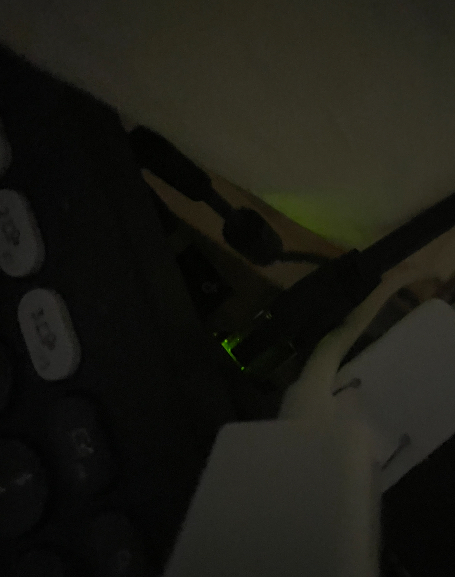this post was submitted on 10 Sep 2024
29 points (77.4% liked)
Privacy
31974 readers
391 users here now
A place to discuss privacy and freedom in the digital world.
Privacy has become a very important issue in modern society, with companies and governments constantly abusing their power, more and more people are waking up to the importance of digital privacy.
In this community everyone is welcome to post links and discuss topics related to privacy.
Some Rules
- Posting a link to a website containing tracking isn't great, if contents of the website are behind a paywall maybe copy them into the post
- Don't promote proprietary software
- Try to keep things on topic
- If you have a question, please try searching for previous discussions, maybe it has already been answered
- Reposts are fine, but should have at least a couple of weeks in between so that the post can reach a new audience
- Be nice :)
Related communities
Chat rooms
-
[Matrix/Element]Dead
much thanks to @gary_host_laptop for the logo design :)
founded 5 years ago
MODERATORS
you are viewing a single comment's thread
view the rest of the comments
view the rest of the comments

Does your PC support Wake-On-Lan? Effectively, leaving the port powered to allow switching on over the network
https://en.wikipedia.org/wiki/Wake-on-LAN
It does, but wake on lan is disabled in the BIOS.
Power to the port may be hardwired for that feature to exist even though you have it disabled. Usually older models, but some do stay on just from being powered.
If it's a privacy concern check at your router and see if it holds an address.
Try toggling ErP setting or similarly named EU energy setting in your UEFI. This should resolve the lights being on.
Windows by default doesn't fully power off when you tell it to shut down. It goes into hibernation and keeps the network open for updates and will sometimes power back on to complete these updates.
If you want to fully power off, hold the left shift key when you click shut down. Or turn the power off elsewhere (eg. psu or power bar.) I'm sure there's another way to do it, or to prevent the behavior entirely.
This isn't correct at all. You are confusing fast boot and sleep. When Windows goes to sleep (I think it is S4) is when it can come back up for updates. However, during sleep networking is not active. It just wakes back up on a timer. Fast boot isn't sleep at all. It just a fancy shutdown mode that doesn't unmount the boot disk before shutdown. It also caches the system state to improve the startup time.
Fast boot is just Windows logging you out of your session, then hibernating.
Sleep is keeping the computer in a low-power state with RAM powered on..
Both of these have been known to result in laptops powering on unbeknownst to their owners to perform updates and remain powered on afterward.
Windows is never responsible for this. It is errors in the EC code or BIOS wake timers. When you click shutdown, the system is powered off. Windows hands off execution to Bios code for shutdown after the cycling dots saying "shutdown".